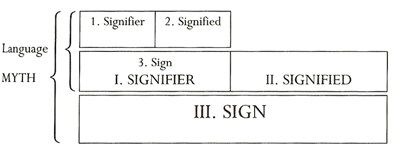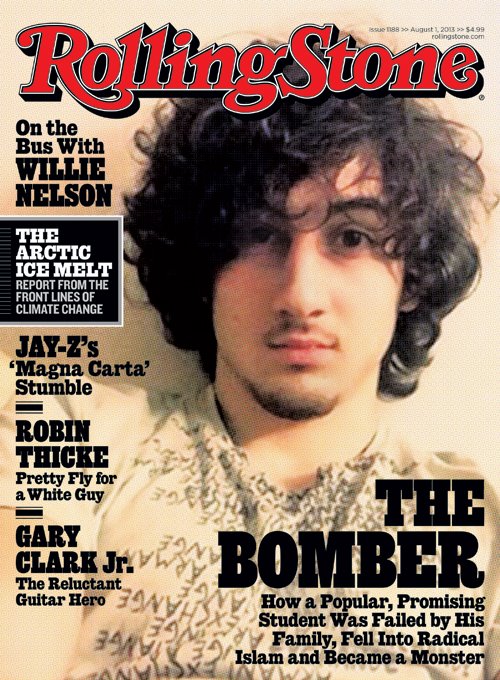
With renewed attention on harassment, sexual assault, and the importance of consent, the classic Christmas song “Baby It’s Cold Outside” has generated renewed debate. Incorporating what we know about literary meaning, they are both right and wrong.
Detractors, including some who have convinced radio stations like one in Cleveland to ban the song, have suggested that it is a “rape anthem,” recognizing in the dialogue one partner pressuring the other to spend the night, despite the person continually saying “No.” This failure to take “no” as a final answer renforces, for those opposed to the song, “rape culture.” Some defenders of the song argue that it is a celebration of women’s sexual liberation when viewed in the context of its recording, when social retribution for spending the night with a man would be fierce. (See one early version from the 1949 movie Neptune’s Daughter below, including a gender reversal in the second half.) Continue reading “Whose Meaning? The Debate over “Baby It’s Cold Outside””



 The meaning of words, even entire texts, reflect our expectations of them and our assumptions of their context. This point is apparent in the Argentine soccer ad that uses quotes from Donald Trump to hype the national team’s trip to the United States. If you missed this brilliant appropriation, take a look below.
The meaning of words, even entire texts, reflect our expectations of them and our assumptions of their context. This point is apparent in the Argentine soccer ad that uses quotes from Donald Trump to hype the national team’s trip to the United States. If you missed this brilliant appropriation, take a look below. Are the accusations of
Are the accusations of 
 I remember standing in the checkout line at the campus bookstore with my copy of Roland Barthes Mythologies. I admit that I was suspicious of any book supposedly so profound that was also so small. Its size is deceiving just as much as its structure is unique: the first part of Mythologies is comprised of a series of short essays that provide the pop-culture exemplars of Barthes’ theory on how mythmaking operates (covering everything from food to clothing to politics), while the latter half is comprised of a theoretical essay – entitled simply “Myth Today” – that more overtly addresses the workings of this type of semiotic turn. Barthes rejected common definitions of myth that equate it with “falsehood” or “the stories that dead people believed.” Rather, Barthes understood myth as an absolutely ubiquitous process that involves the transformation of “history into nature,” or, put differently, the manner in which otherwise constructed things are made to appear natural or inevitable.
I remember standing in the checkout line at the campus bookstore with my copy of Roland Barthes Mythologies. I admit that I was suspicious of any book supposedly so profound that was also so small. Its size is deceiving just as much as its structure is unique: the first part of Mythologies is comprised of a series of short essays that provide the pop-culture exemplars of Barthes’ theory on how mythmaking operates (covering everything from food to clothing to politics), while the latter half is comprised of a theoretical essay – entitled simply “Myth Today” – that more overtly addresses the workings of this type of semiotic turn. Barthes rejected common definitions of myth that equate it with “falsehood” or “the stories that dead people believed.” Rather, Barthes understood myth as an absolutely ubiquitous process that involves the transformation of “history into nature,” or, put differently, the manner in which otherwise constructed things are made to appear natural or inevitable.  Are you a Doctor Who fan? The BBC show’s been on TV for fifty years, with a variety of actors playing the lead, so we now find ourselves at the point where the people involved in the show, the people who write the stories and play the parts, grew up on a steady diet of the Doctor’s time-traveling adventures.
Are you a Doctor Who fan? The BBC show’s been on TV for fifty years, with a variety of actors playing the lead, so we now find ourselves at the point where the people involved in the show, the people who write the stories and play the parts, grew up on a steady diet of the Doctor’s time-traveling adventures. 
 So opens Roland Barthes’ little essay — well known to some, of course — in his collection, Mythologies (read the full essay
So opens Roland Barthes’ little essay — well known to some, of course — in his collection, Mythologies (read the full essay  And voila, Einstein’s brain is, in the Barthean sense, a myth.
And voila, Einstein’s brain is, in the Barthean sense, a myth.  Q:
Q:  Q: Tell us a little bit about your doctoral studies, since they were not carried out in the academic study of religion, yet that’s the field in which you now work as a professor. How was your training in the Department of English relevant to the work you now do and the classes you now teach?
Q: Tell us a little bit about your doctoral studies, since they were not carried out in the academic study of religion, yet that’s the field in which you now work as a professor. How was your training in the Department of English relevant to the work you now do and the classes you now teach? In case you don’t recognize him, that’s Dzhokhar Tsarnaev in a “selfie,” one of the two accused
In case you don’t recognize him, that’s Dzhokhar Tsarnaev in a “selfie,” one of the two accused